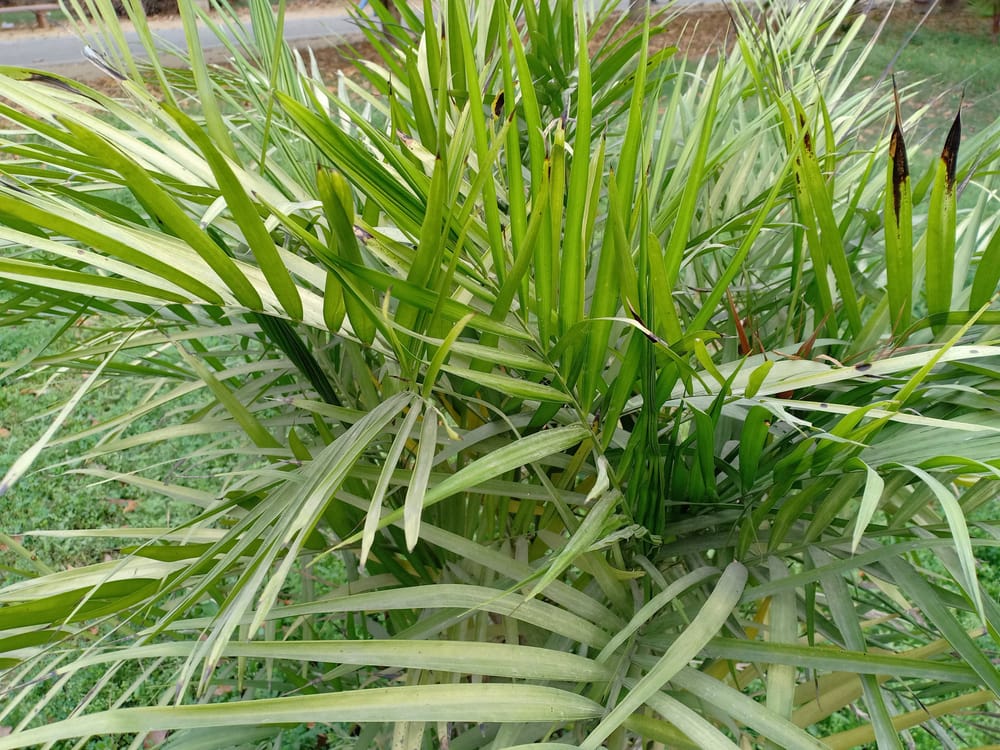How to Restrain a Cat for Nail Clipping: Vet-Approved Step-by-Step Guide
Updated on

Click to Skip Ahead
Learning how to properly trim your kitty’s sharp claws is a key skill. You will need to clip them to prevent problems arising from the nails being too long and, sometimes, to protect your furniture.
But how do you cut the nails of a cat that won’t let you? Don’t worry, we got you covered with this step-by-step guide. We walk you through the whole process, from preparation to the final snip, while ensuring that you and your feline friend emerge unscathed.
Before You Start
Before you grab those clippers, you’ll need to prepare for this delicate operation. As you know, cats can be highly-strung creatures, and things out of the ordinary can make them anxious. The process of acclimating your cat to accept nail trims may take some time. It is best not to rush the process as you risk having to go back to square one again. Here’s what you need to do.
Gather Your Supplies
- Cat nail clippers (guillotine-style or scissor-style)
- A soft towel or blanket
- A treat or two
- Patience
- An assistant if necessary
Choose the Right Time
Timing is fundamental when it comes to restraining your cat for a nail trim. Opt for a time when your cat is relaxed, possibly after a meal or a good play session. Avoid attempting this tricky procedure when your cat is agitated or energetic.

Create a Calm Environment
Turn on soothing music, and dim the lights to create a calming atmosphere. Your cat will be more willing to cooperate if they feel comfortable. You could also try to use “cat music” to soothe your kitty’s anxiety. According to studies, these types of sounds work better than classical music to calm felines. If your cat is highly fractious, consider calming remedies such as Feliway or speak to your veterinarian about possible sedatives to make the process nicer for everyone, especially your frightened kitty.
Introduce Your Cat to the Nail Clippers
Introduce your cat to the nail clippers without any immediate action. Let them sniff and investigate the clippers so they become familiar with the object. Offer treats when the clippers are investigated.
Trimming your cat's nails isn't the easiest task in the world, but a well-designed set of clippers can make all the difference. Our Hepper Cat Nail Clipper Set features two sizes of clippers with easy-to-clean stainless steel blades and a built-in safety guard to prevent accidental cuts. These clippers are comfortable to hold, nicely designed to work at tricky angles, and even include a bonus hidden nail file and a convenient pouch!
Introduce Foot Handling
This is an important process and may need to happen several times over a period of days or even weeks before you are ready to trim the nails. Don’t skimp on this process though, as it is key to success.
Start by gently touching one foot and an assistant offering treats the whole time. This should only last as long as your cat is comfortable and you should stop handling whilst treats are still being given. Gradually increase the time that you can handle the foot up to around 5 seconds or longer if possible.
Once your cat is comfortable with foot handling then you move on to applying gentle pressure so that the nail extends from its claw fold. Again, treating the whole time. Once comfortable with this work up to touching the clippers to the nail without clipping and then eventually progress to actual clipping.
Don’t go over your cat’s threshold for comfort whilst training this process, always stop before they seem to become agitated, stop on a high note so to speak.

How to Trim a Restrained Cat’s Nails
Now that you’re prepared, it’s time to begin the nail-clipping session.
1. Do the Towel Technique (or Make a Cat Burrito)
Also called the kitty burrito method, the towel technique is straightforward and probably the best method to safely restrain a moody cat.
Place your cat on a secure surface, like a table or your lap, and gently but securely wrap them in a towel or blanket, exposing only one paw at a time. This not only restrains your pet but also prevents them from scratching you in the process.

2. Position Your Cat Securely
Hold your wrapped cat firmly but not too tightly. You’ll want to create a sense of security rather than discomfort.
3. Do One Paw at a Time
Uncover one paw at a time, being extra cautious and gentle. Your cat may resist, so give them a treat to help calm them. If your cat becomes too stressed at this stage you will have to stop and consult with your veterinarian.
4. Locate the Quick
Look for the pinkish area known as the quick within each of your cat’s nails. Be extremely cautious not to cut into this sensitive part, as it contains blood vessels and nerves.

5. Trim Those Claws
Using your chosen nail clippers, snip off the very tip of the nail, just short of the quick. Don’t go back and trim more after cutting; move on and try again next week if you think the nails are still too long.
6. Stay Calm
If your cat becomes agitated during the process, take a break. Patience is key!
7. Reward and Repeat
After successfully trimming one paw, reward your cat with a treat and affection. You can choose to trim the rest of the nails in one go or tackle them on another day. However, you should always prioritize your pet’s comfort and respect their pace. Otherwise, you risk making them even more anxious the next time you try cutting their nails.

Frequently Asked Questions (FAQ)
How Often Should I Trim My Cat’s Nails?
You should aim to trim your cat’s nails every 2 to 3 weeks, but it depends on their activity level and whether they use scratching posts regularly.
What Treats Should I Use?
Offer what are termed high value treats, this means something that the cat is excited to eat. This may be special tasty cat treats, fresh cooked chicken pieces or use a lick mat with tinned cat food on.
Can I Use Human Nail Clippers on My Cat?
Using human nail clippers is not recommended because they are not designed for the shape of a cat’s nail. Invest in proper cat nail clippers for the best results.
What If My Cat Still Won’t Let Me Trim Their Nails?
If your cat is furiously resistant to nail trimming, to the point that you fear for your safety and that of your pet, your best recourse is to seek help from a groomer or your veterinarian.
Final Thoughts
Restraining a cat for nail clipping is an art that requires patience, preparation, and finesse. Following these steps and maintaining a calm and positive environment can make this daunting task more manageable. With practice, time, and gentleness, you should be able to get through nail-trimming sessions while keeping everyone safe and scratch-free. Best of luck!
Featured Image Credit: bewitch_closet, Shutterstock














